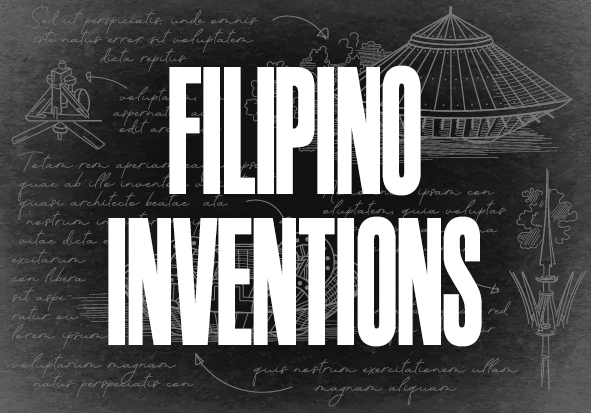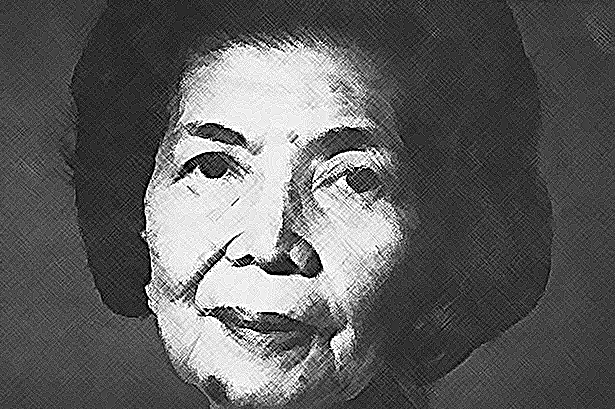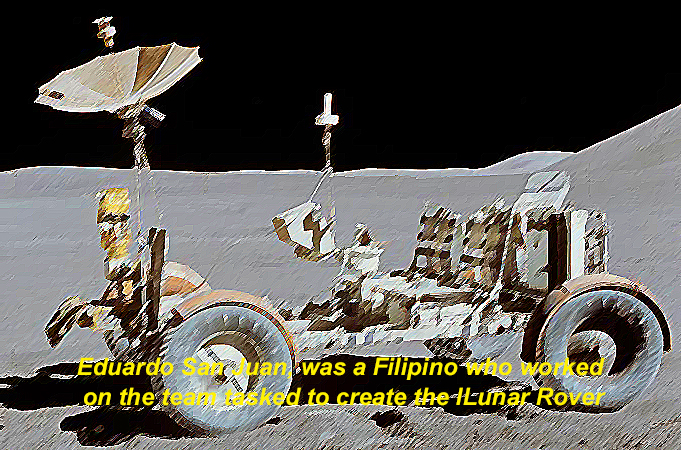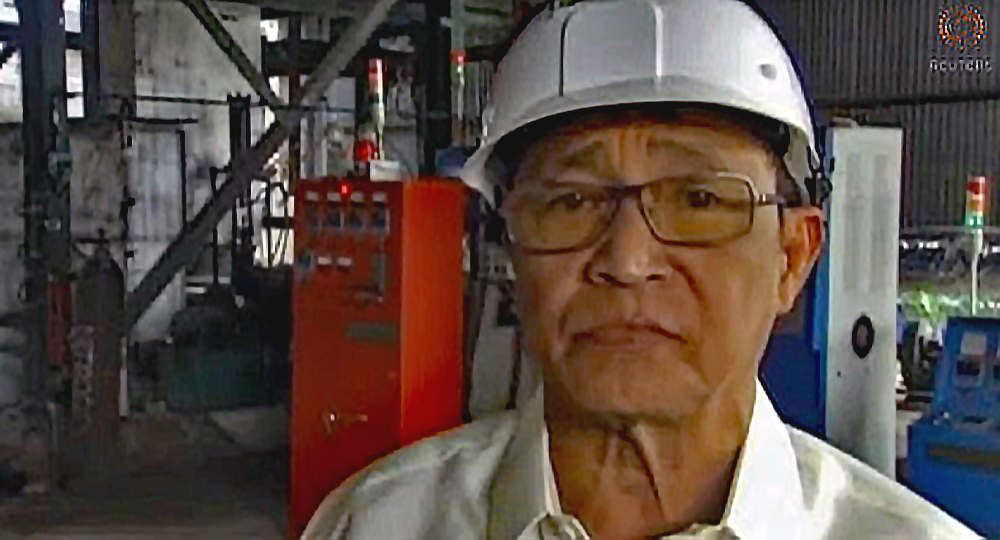
As I’m sure you all know FIlipinos love to sing. This national obsession has lead to many talented Filipinos leaving their mark on the music industry. In fact, many Filipinos seem to excel at creative pursuits in general.
The country is home to a thriving movie industry, the local production houses regularly are regularly producing international quality films, using local talent.
When it comes to Filipino talent, it is not just limited to the Arts.
Did you know that Filipino scientists and innovators are actually behind some of the world’s greatest inventions too?
But, before we begin, I want to cover the use of the word “invention”. Most inventions in modern times can be better described as innovation. These are products or concepts built on top of a series of other innovations.
But by keeping to a strict definition of “invention” we would not be able to recognise the creativity and hard work of some special Filipinos.
We still want to recognise these innovations.
So…
From medicine to technology, farming and board games, here are just some of the best Filipino inventions!
Karaoke!
Karaoke is very popular across the world, especially in South-East Asia. But, do you know where it originated from?
That’s right, it also is a Filipino invention. More accurately, it was first patented by a Filipino.
In 1974, president of Trebel Music Corporation Roberto del Rosario invented a clever system that displayed lyrics while the instrumentals of a song were playing. The result? A great way to sing along to your favourite song alone, or in a group setting.
It’s important to know the first karaoke machines were actually developed by the Japanese – specifically the Japanese musician Daisuke Inoue in Kobe, Japan, in 1971.
The problem was Inoue did not patent his original system. Which left Robert del Rosario free to create his own.
Roberto del Rosario does own the patent for the concept. To this day, it is probably the Filipino invention that has seen the most international success.
The Single Chip Graphical User Interface Accelerator
This one is a mouthful. The single-chip graphical user interface (GUI) accelerator is a chip device that helped make operating computers a lot easier.
The technology helped move PC operating systems from the era of the text based command systems, such as MS-DOS to the kind of operating systems we experience today.
Its inventor, Philippines-born Diosdao Banato wanted to create a device that would make computers operate faster, and more efficiently. Which he certainly delivered on this goal!
The technology behind Banato’s chip is still used to this date in personal computers and heavier devices, where it still functions to make our technology more efficient.


The Bamboo Incubator
Dr. Fe Del Mundo was not only the first woman recognised as a “National Scientist” in the Philippines, she also established a famous paediatric hospital, and pioneered the world’s first bamboo incubator.
Due to a lack of electricity at the time, the traditional incubator was not practical to use in rural communities within the provinces of the Philippines.
To address this issue, Dr. Fe Del Mundo developed a bamboo incubator which was heated by a cushion of hot water bottles lining a bamboo basket, covered by a hood which fed a supply of oxygen into the incubator.
With her bamboo incubator, Dr Fe del Mundo created a great alternative that could be mass-produced—and helped to keep thousands of babies alive!
The Fluorescent Light Tube – It’s a Myth!
When you turn on the light in a classroom or conference room, you may not be paying much attention to the lightbulb you are using. But if it is a fluorescent light tube, one of the most popular types of bulbs in community spaces, then you are staring straight at a Filipino invention!
Or at least a lot of people think this. But, truth is, this is just a myth.
It is quite common to see this included on lists of Filipino inventions, and it is even said to be found in Filipino textbooks, but the fact is it is simply not true.
The concept of the Fluorescent Light was theorised decades before the supposed inventor Agapito Flores was even born. In addition, when the patent for the first prototype was issued, Flores was only 4 years old.
Quink Ink
Before ball-point pens became popular, people used to write largely with fountain pens. Although they were beautiful and elegant, there were also a couple of serious problems with them…
For example, the ink took a long time to dry which meant it would spread out or smudge. Overtime, it would clog the pen opening, meaning you had to regularly clean the tip. The ink was also known to fade so much you couldn’t see the writing after only a few years.
All of that was of course before a Filipino inventor by the name of Francisco Quisumbing came along and invented the perfect alternative to traditional ink – Quink Ink.
His project developed with Parker Pens, dried quickly, didn’t clog pens, did not fade or smudge, and it was even water-resistant! If you are still using a fountain pen to this day and are not experiencing any problems with it, chances are that the technology behind the ink you’re using was inspired by this brilliant Filipino invention. Pretty cool!


The Lunar Rover
Sure, Americans were the first to set foot on the moon. But what did they use to explore the surface of it? The Moon Buggy, a lunar rover partially invented by Eduardo San Juan, a mechanical engineer who studied at Mapua Institute of Technology.
His work even won him a nomination as one of the Ten Outstanding Men awards, in the field of science and technology. To this date, the articulated wheel system that he devised is recognized world-wide and is still used to navigate surfaces with heavy crevices. Another win for the Filipino team!
Rescue 72
The Philippines are sadly prone to floods and other natural disasters. Due to this persistent threat they have some of the best technology in order to deal with it.
Danvic Briones, who invented a kit of life-saving tools for natural emergencies is a Filipino scientist who was inspired by the disaster brought by. As statistics at the time indicated, it could take up to 72 hours for victims of natural disasters to be rescued.
With that in mind, Briones invented a kit containing water, first aid material, snacks and other essential items that was meant to keep a person alive for 72 hours. We thank him for many lives saved with the Rescue 72.
The Videophone
Before we FaceTimed our loved ones, there was… the video phone. This technology worked a lot like a telephone, but included a camera which allowed the person you were talking to could see your face, operating in the same vein as the modern day web camera.
Its amazing to think of how the videophone was invented as early as 1955!
The phone operated using similar technology used to broadcast live TV streams at the time. Its inventor, Gregorio Zara from Lipa City, referred to it as the “Photophone”. Needless to say, he would be glad to see how well his invention has travelled so far, and become common practice throughout the world.


Conversion of plastic waste to fuel
Plastic waste has become an extremely hot topic over recent years. Our modern lives have become so over reliant on plastics, with the majority of consumer products using it in some manner. This has led to the issue of what to do with these plastics once they have left the hands of the consumer.
One Filipino inventor from Bacolod, Jayme Navarro believes he has the answer.
His innovative idea came from his work on turning plastic waste back into its original form. He uses a process called “pyrolysis” in which the material is heated until it begins to boil. The vapours are captured and then distilled down into their different forms.
This liquid that is captured is identical to fuel. Navarro believes the value comes from the low production cost, as plastic trash is readily available, and the processing of the material is quite simple.
Filipinos may not be the best-known for their innovative science…but they were actually the brains behind some inventions and products we couldn’t imagine our worlds without! From music to medicine to mechanical engineering, there is a lot to be proud of when it comes to Filipino inventions, and we are sure this trend is nowhere near the end, so expect the list to keep on growing over the coming years.
Click here to find out more about the vibrant culture of the Philippines!


Be the first to comment